During Joy Division’s brief but poignant tenure, Ian Curtis confounded audiences with his wild, otherworldly dancing during stage shows. His thousand-yard stare, jerky moves, and highly-controlled steps were certainly intriguing to viewers; the moves brought to mind the avant-garde sensibilities of Kraftwerk and William S Burroughs; and either emulated or maybe even inspired the moves of the Talking Heads’ David Byrne later seen in the Jonathan Demme directed concert film Stop Making Sense.
Robert Gula, a London-based mixing engineer, and musician performing under the moniker Radiosonic, was one of those intrigued by Curtis’s dances. After finishing his cover of the Joy Division classic Atmosphere, he sought out the talents of choreographer Natalie Dinges to find a way to pay tribute to Curtis through the power of dance.
“As far as I can recall, I’ve always been drawn to Ian’s moves,” says Gula. “What if I could find all of Ian’s dancing videos, compile them, and even attempt to improve or reinvent them?” Dinges quickly replied ‘yes,’ but, as Gula says, “the first thing she asked was ‘how I could be Ian Curtis with my long hair?”
Gula and Dinges rented space in the Polish Royal family’s home in Cracow to create the right ‘atmosphere.’
“Every moment in the video was shot there. We initially found that to be a strange idea, but as the scenes progressed, it began to make sense.”
Natalie’s hair started out uncut; however, after shaving off half of it, they continued until there was no more hair left on her head. Dinges channels Curtis a little too closely with her studied moves, nearly to the point of discomfort, but brings her own interpretive moves to the table as she spins and writhes on the floor. It is a tribute to Curtis’s artistic talents and influence on Gula as a musician.
‘Love Embargo’ is a loving exploration of Gula’s early music experiences, featuring two original songs and a faithful, albeit quicker-tempo, new interpretation of Joy Division’s iconic track “Atmosphere.” Radiosonic’s musical universe embraces 80s nostalgia and channels it through the veins of the early 4AD catalogue, seamlessly blending a desire to get lost on the dance floor with lush ambient textures, reverb-laden synths, and vocalizing artifacts.
Watch the video for “Atmosphere” below:
Radiosonic’s ultimate goal is to create a sonic landscape full of aesthetic deconstructions and sepulchral nocturnes, where every note and beat feels like the last waltz at the death disco. It’s a mission taken seriously.
Follow Radiosonic:



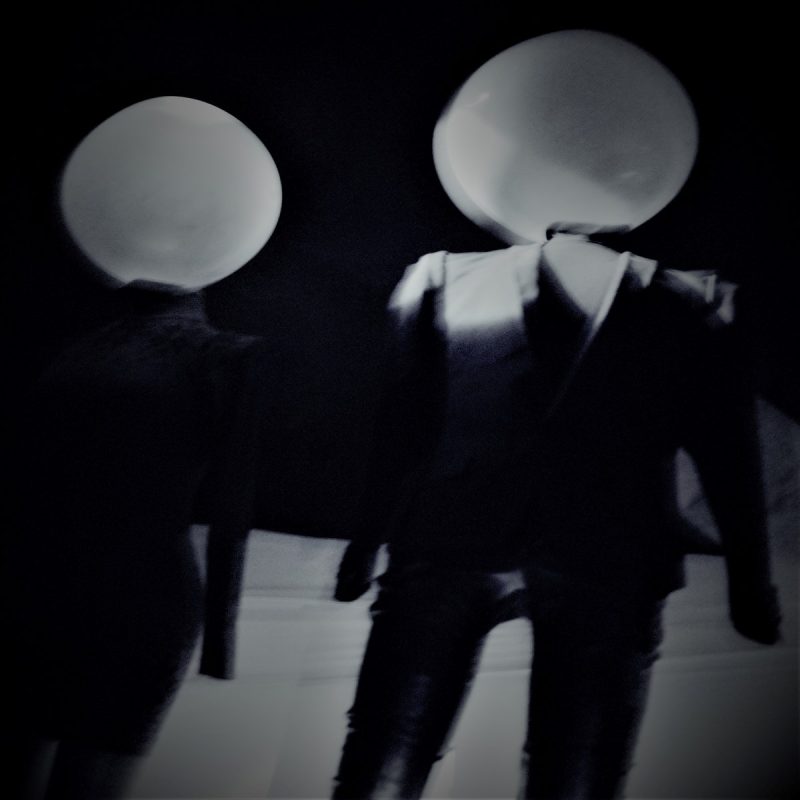


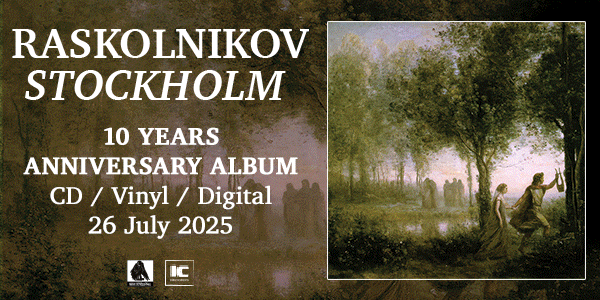

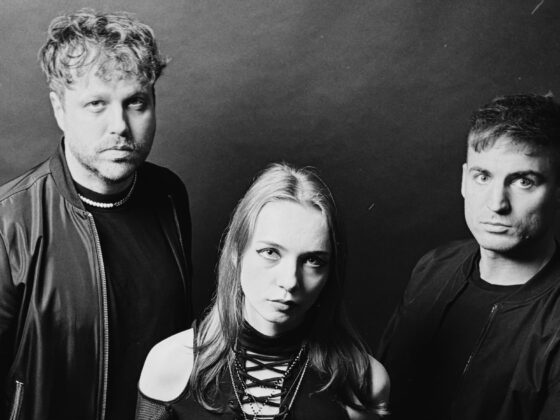

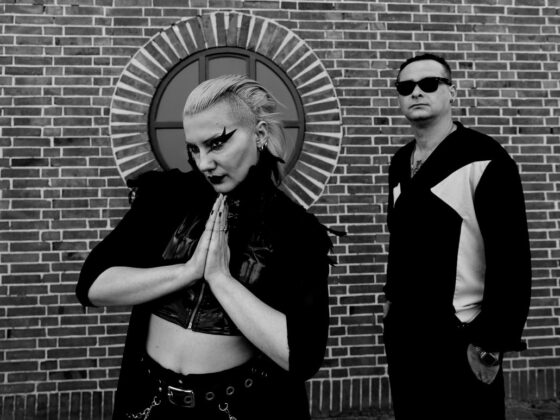





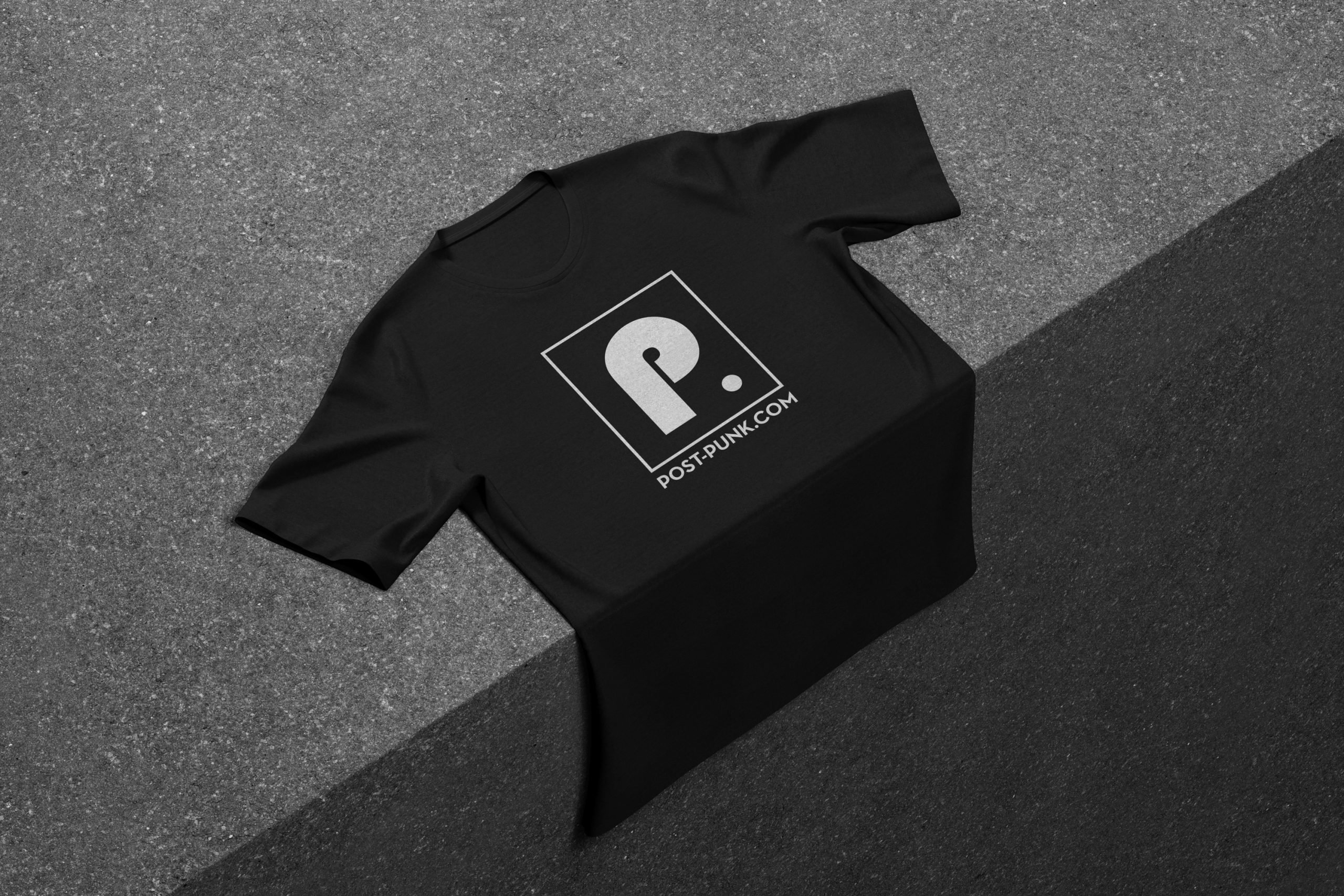 Or via:
Or via: